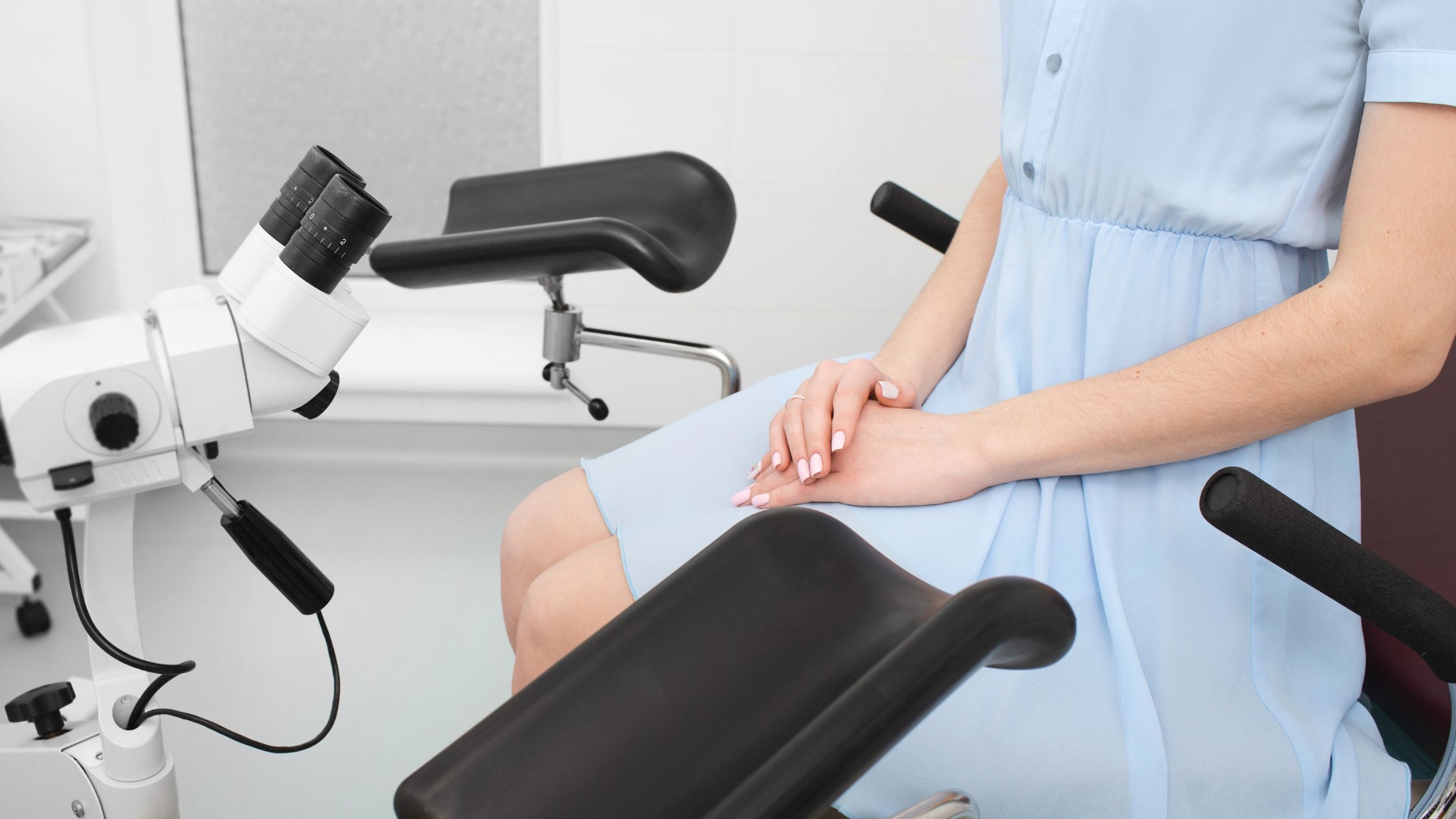
About Uterine Fibroids What Are The Symptoms And What Causes Them
Uterine fibroids are common and benign tumors of the uterus. They grow slowly, but when they do, they can cause various symptoms, such as heavy menstrual periods, uterine bleeding, and pain during sex. In this blog post, we will explore the causes of uterine fibroids and what you can do to prevent them. We'll also discuss the symptoms and how to treat them if they arise.
What are uterine fibroids?
Uterine fibroids are benign tumors that can grow anywhere in the uterus. They may cause symptoms such as pain, heavy bleeding, and infertility. Uterine fibroids are most commonly found in women over 40 years old, but they can also occur in younger women. The cause of uterine fibroids is unknown, but they may be linked to an increased risk of other health problems, including ovarian cancer. Treatment options for uterine fibroids vary depending on their size and location.
Symptoms of uterine fibroids
Uterine fibroids are benign tumors that can increase in size over time. They are usually found in the uterus but may also be found in other parts of the body. Uterine fibroids can cause various symptoms, including bleeding, pain during sex, difficulty getting pregnant, and infertility. There is not always a clear cause for these symptoms, but some factors that may contribute include obesity, genetics, and hormonal imbalances. While there is no cure for uterine fibroids, treatments can help to relieve some of the symptoms.
If you're experiencing any of the symptoms listed above, it's important to see the Best Fibroid specialist in Agra for an evaluation.
Causes of uterine fibroids
There is no definitive answer to the question of what causes uterine fibroids, as many different factors can contribute. However, common causes include genetics, obesity, endocrine problems (such as hormonal imbalance or thyroid disease), and breast cancer.
Treatment Options for Uterine Fibroids
There are various treatment options for uterine fibroids, including surgery, medication, and radiation therapy. Surgery is the most common option and typically involves removing the fibroid. Medication can help shrink the fibroid, while radiation therapy may kill or remove the fibroid cells. Other options, such as a hysterectomy or laparoscopic surgery, may be necessary if these treatments don't work.
Conclusion
Uterine fibroids are common and can range in size from a small bump to a large boulder. They typically grow slowly but may become larger or more numerous if the condition is not treated. Symptoms of uterine fibroids may include heavy periods, back pain, pelvic pain, difficulty getting pregnant, and infertility. Uterine fibroids can be caused by genetics and lifestyle choices, but most cases are not known or understood. Suppose you are experiencing any of the symptoms listed above and think you might have uterine fibroids. In that case, you must consult your Fibroid specialist in Agra for an evaluation.
